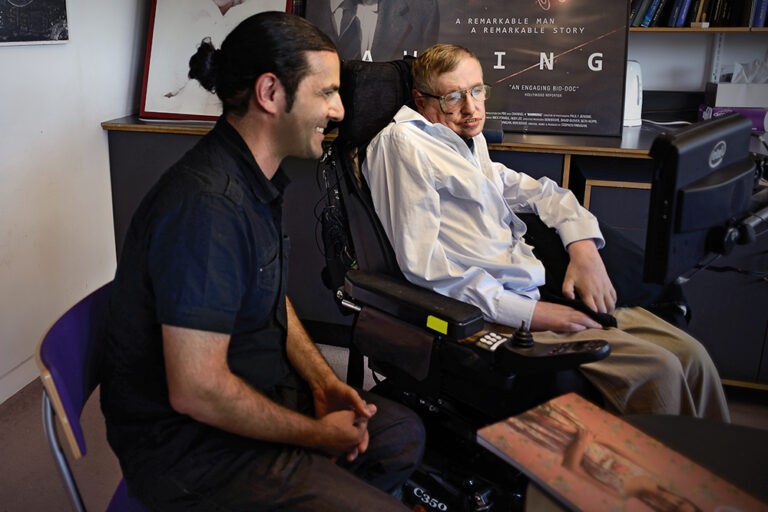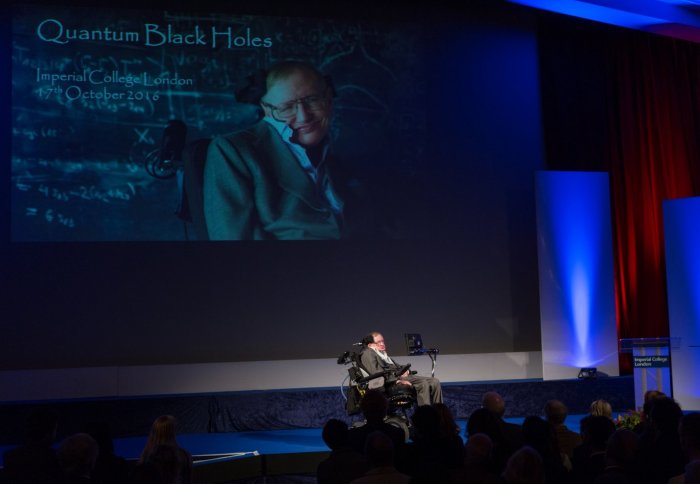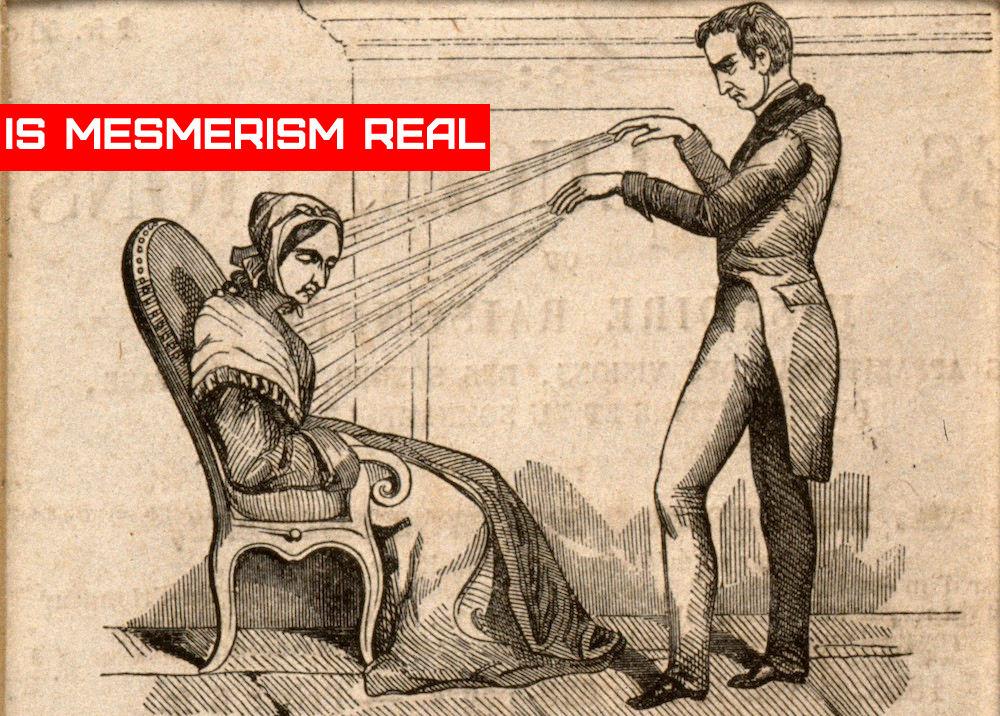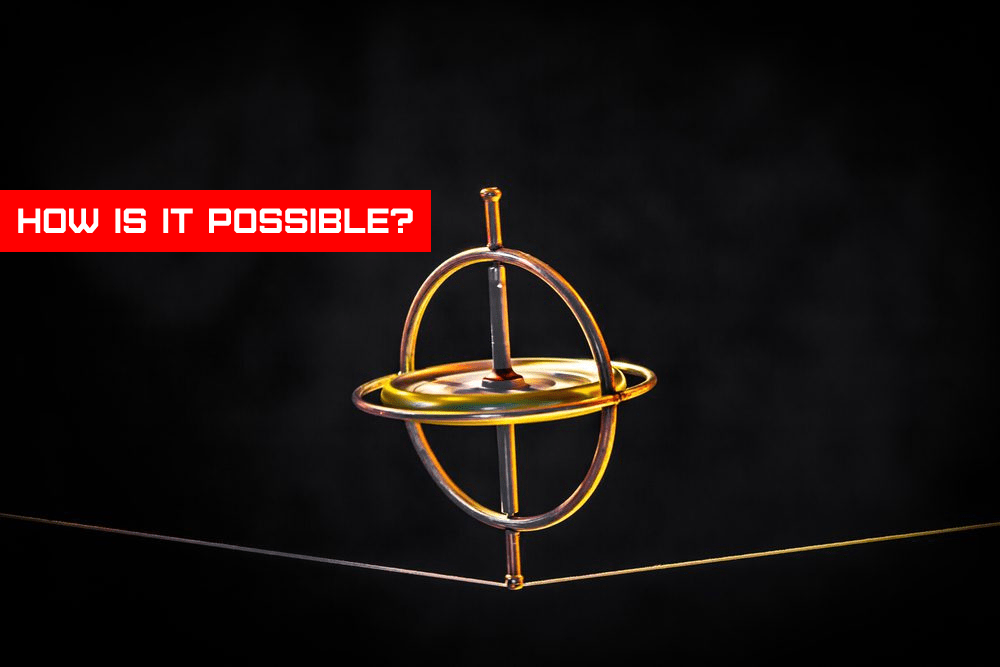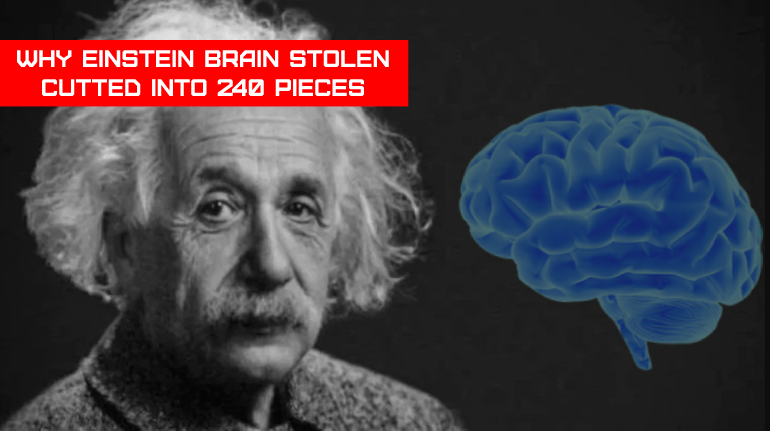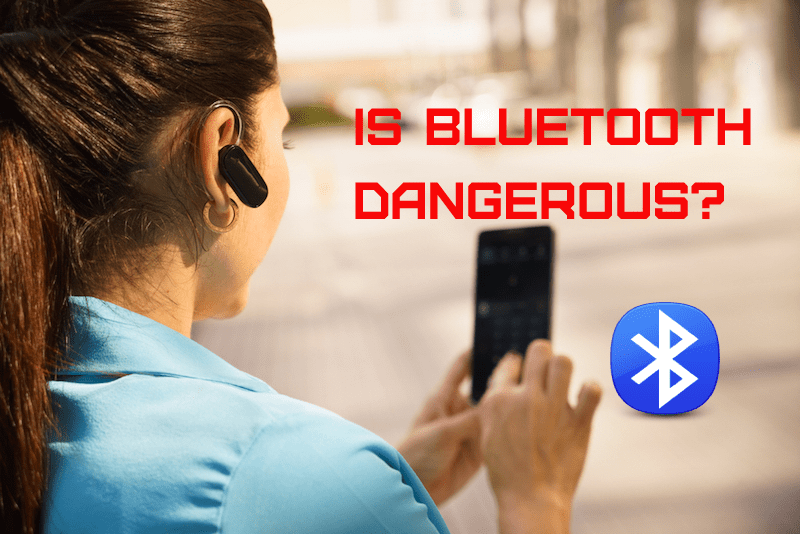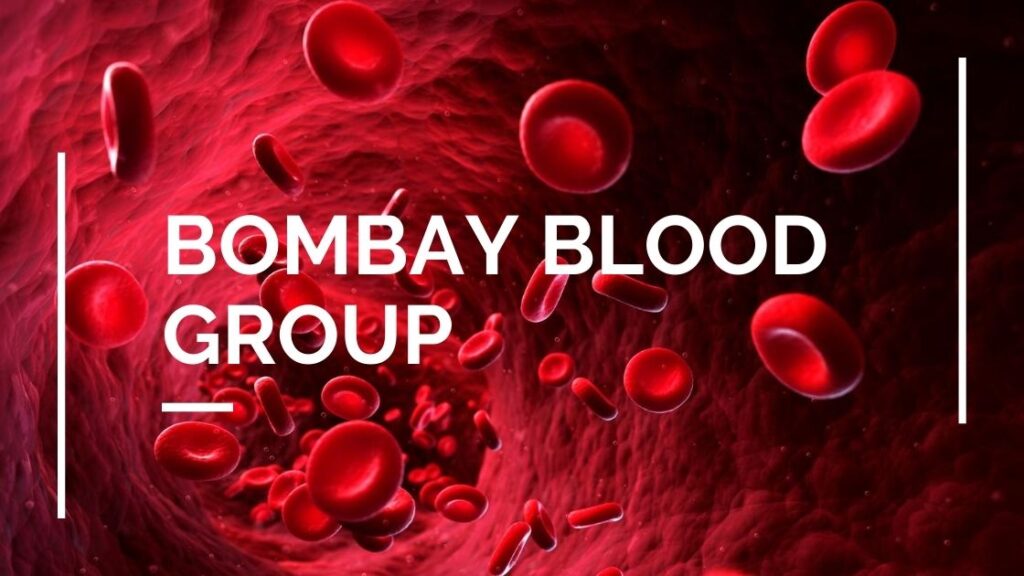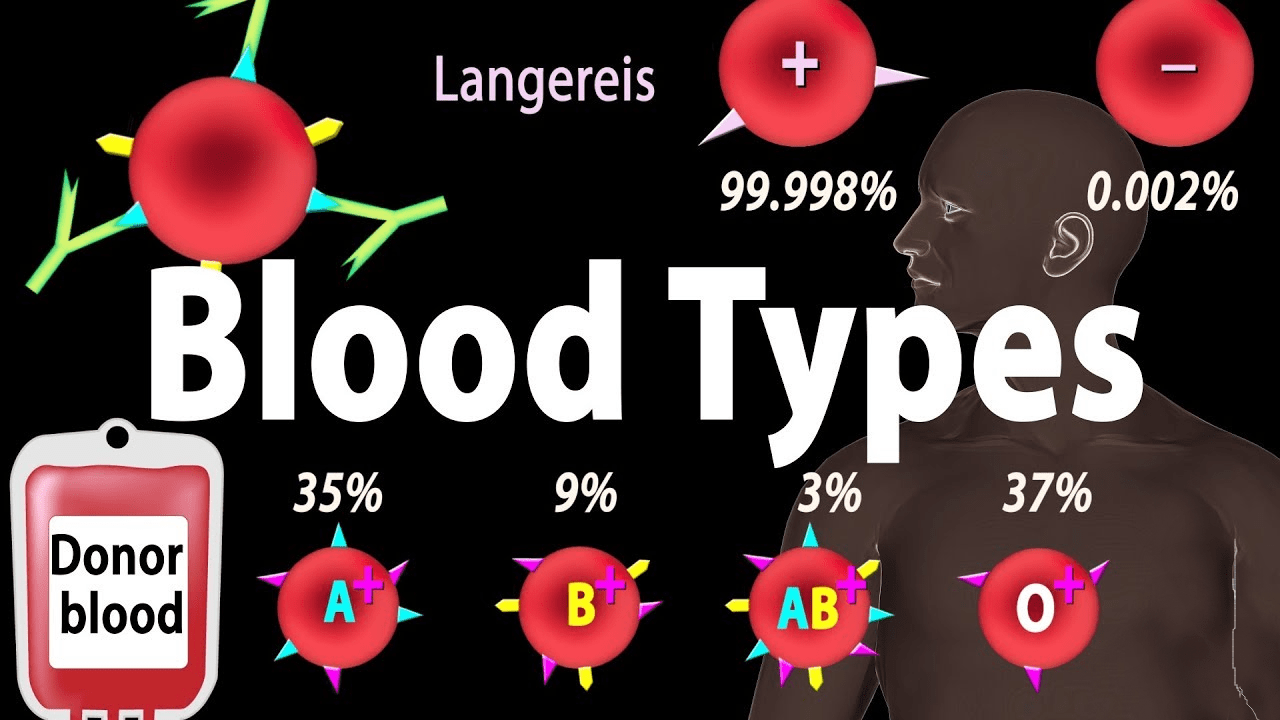Stephen Hawking first met Gordon Moore, cofounder of Intel, in 1997 at a conference. Moore noted Hawking’s computer, which he used to communicate, had an AMD CPU and asked him if he would prefer a “real computer” with an Intel microprocessor instead. Since then, Intel has provided Hawking with customized PCs and technical assistance, upgrading his computer every two years.
About Stephen Hawking
Stephen Hawking, full name Stephen William Hawking, was an English theoretical physicist who developed a hypothesis of bursting black holes based on relativity theory and quantum mechanics. He was also interested in space-time singularities.
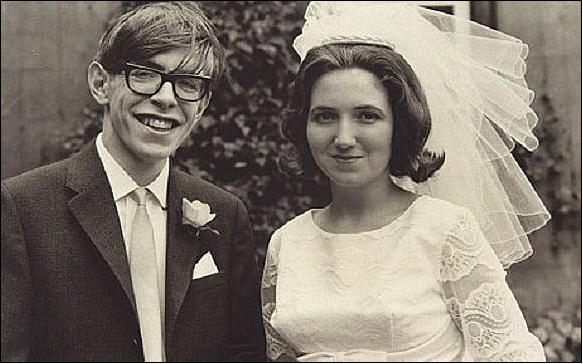
How Stephen Hawking Lost His Talk?
Hawking lost his ability to talk after contracting pneumonia while visiting CERN in Geneva in 1985.He was placed on a ventilator at the hospital.. His predicament was terrible. The physicians asked Hawking’s then-wife, Jane, if the life support should be turned off. She flatly refused. Hawking was transported to Cambridge’s Addenbrooke’s Hospital, where specialists were able to limit the infection. They then conducted a tracheotomy, which required cutting a hole in his neck and inserting a tube into his windpipe to assist him breathe. As a result, Hawking’s capacity to talk was irreparably lost.
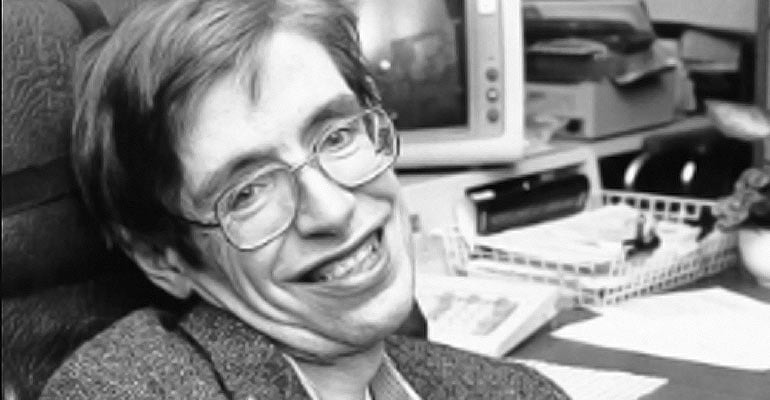
Technology Used for Stephen Hawking Talks
Hawking interacted with a spelling card for a time, carefully identifying letters and creating words with a raise of his eyebrows. Martin King, a physicist who had been working on a novel communication system with Hawking, contacted Words Plus, a California-based firm whose computer application Equalizer enabled the user to pick words and instructions on a computer using a hand clicker.
King asked Words Plus CEO Walter Woltosz if the programme could aid a physics professor with ALS in England. Woltosz had developed an earlier version of Equalizer to assist his mother-in-law, who also had ALS and had lost her capacity to talk and write.
Equalizer initially operated on an Apple II computer connected to a Voice Plus speech synthesiser. David Mason, the engineer husband of one of Hawking’s nurses, then converted this device into a portable system that could be put on one of the wheelchair arms. Hawking was able to communicate at a pace of 15 words per minute using this new technique.
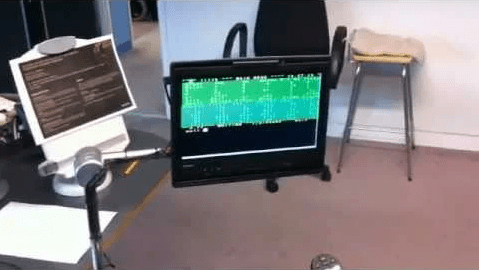
How Intel Helped Stephen Hawking to Talk?
However, the nerve that allowed him to move his thumbs continued to deteriorate. Hawking’s hand was too feeble to use the clicker by 2008. At the time, his graduate assistant invented a switching mechanism known as the “cheek switch.”
It was attached to his spectacles and could detect when Hawking strained his cheek muscle using a low infrared laser. Hawking has since accomplished the feat of sending emails, perusing the internet, writing books, and conversing with only one muscle. Nonetheless, his communication skills deteriorated. By 2011, he could barely manage one or two words per minute, so he wrote Moore a letter saying: “My voice input is now extremely sluggish. Is there any way Intel can assist?”
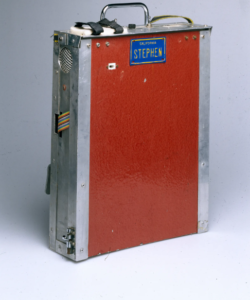
Technology Used by Intel to Stephen Talk
Moore directed Justin Rattner, Intel’s then-CTO, to investigate the issue. Rattner recruited a team of human-computer interaction professionals from Intel Labs, which he brought to Cambridge on January 8, 2012, for Hawking’s 70th birthday conference, “The State of the Universe.”
Hawking had been too sick to attend his own birthday celebration, so he saw the Intel specialists a few weeks later in his office at the University of Cambridge’s department of applied mathematics and theoretical physics. The five-person team includes Pete Denman, an interface designer, Lama Nachman, the director of the Anticipatory Computing Lab, and Horst Haussecker, the director of the Experience Technology Lab.
Denman, who is also wheelchair-bound, says, “Stephen is such an inspiration to me.” My mother bought me a new book of A Brief History of Time after I broke my neck and became paralysed. She told me that individuals in wheelchairs can achieve incredible things.
Hawking’s computer interface was EZ Keys, a programme built by Words Plus that was an advance from prior softwares. It displayed a keyboard on the screen as well as a primitive word-prediction algorithm.
He could choose a character by moving his cheek to halt the pointer as it scanned over the keyboard by row or column. Hawking could also utilise EZ Keys to manipulate the mouse in Windows and run other programmes on his computer. He used Firefox to browse the web and Notepad to write his lessons. He also had a camera that he used to communicate via Skype.
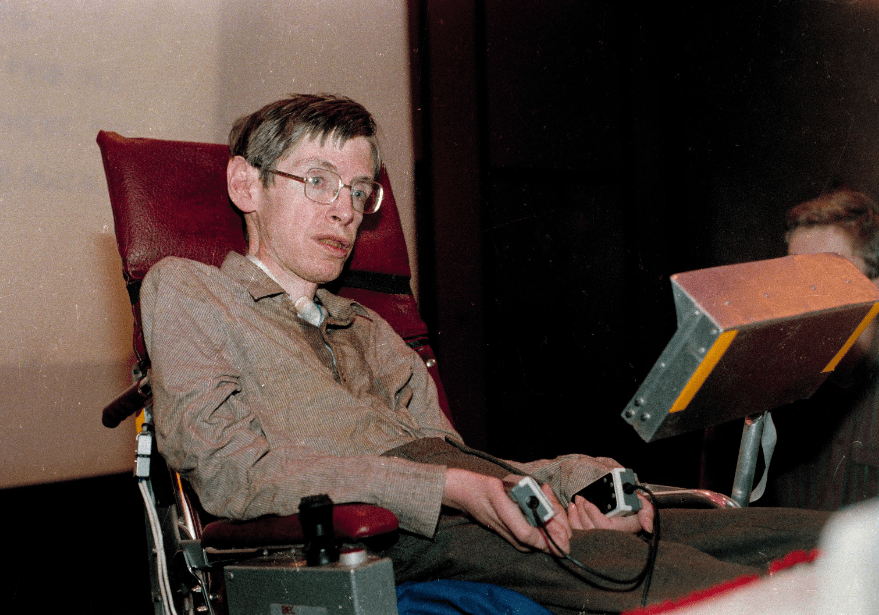
The more Nachman and his team examined him and listened to his complaints, the more it became apparent to them that, in addition to improving communication speed, what the man really wanted was more features that would let him interact with his computer more effectively.
Denman developed a 10-minute video to present to Hawking after returning to Intel Labs following months of study, outlining which new user-interface ideas they planned to incorporate and requesting his comments.
“We came up with improvements that we believed would not substantially alter how he utilised his system but would yet have a significant impact,” Denman adds.The enhancements included a “back button,” which Hawking could use not just to remove characters but also to go back a step in his user interface; a predictive-word algorithm; and next-word navigation, which would allow him to chose words one after the other rather than entering them.
To solve the missed key-hits, the Intel team included a prototype that employed an algorithm similar to that used in word processing and mobile phones to read Hawking’s intents rather than his actual input. Many people were first sceptical of the iPhone’s predictive text feature, but that rapidly changed. The issue is that it takes some getting accustomed to, and you must relinquish control to let the system to perform the work. The adoption of this function may boost your speed and allow you to focus on content.”
Another experimental proposal proposed earlier this year by the builders of Hawking’s wheelchair is a joystick that fits to Hawking’s chin and allows him to navigate his wheelchair autonomously. Stephen is really interested in it, says Wood. “The issue was that Stephen’s chin made contact with the joystick.” He can’t easily engage and disengage the joystick since he can’t move his neck.” Wood plays a video of the most current test of this technology for WIRED. Across a vacant room, Hawking can be seen jerkily pushing his wheelchair. As you can see, Wood says, “He was able to drive it.”
Wood showed WIRED a little grey box containing the one and only copy of Hawking’s voice synthesiser. It’s a CallText 5010, which Hawking was handed in 1988 when he visited the firm that made it, Speech Plus. The synthesizer’s card comprises a processor that converts text to speech, a technology that was also utilised in automated telephone answering systems in the 1980s.
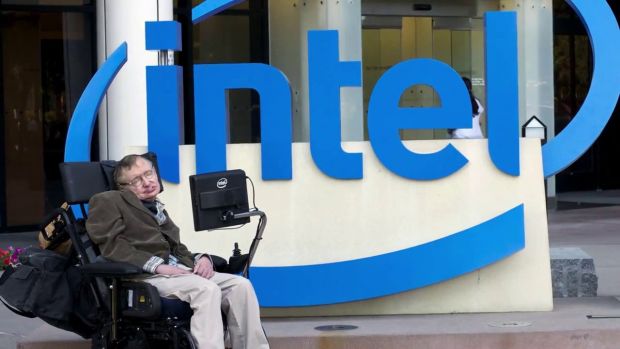
So that we won’t be dependent on these outdated hardware devices, Wood says, “I’m developing on a software version of Stephen’s voice.” To do so, he needed to locate the original Speech Plus crew. Centigram Communications purchased Speech Plus in 1990. Centigram was bought out by Lernout and Hauspie Speech Products, which in turn was bought out by ScanSoft in 2001. Nuance Communications, a multinational with 35 locations and 1,200 employees, purchased ScanSoft. Wood made touch with it. Since 1986, according to Wood, they have used Stephen’s voice programme. We might have found it on a Nuance backup cassette, it seems.
Hawking is particularly connected to his voice: when Speech Plus delivered him the new synthesiser in 1988, the voice was different, and he requested that it be replaced with the original. Dennis Klatt, an MIT engineer and pioneer of text-to-speech systems, created his voice in the early 1980s. He created the DECtalk, one of the earliest devices capable of converting text to speech. He began by creating three voices using recordings of his wife, daughter, and himself. The kid’s voice was renamed “Kit the Kid,” the man voice was based on his own, and the female voice was renamed “Beautiful Betty.” “Perfect Paul” is Hawking’s voice.
Stephan Hawking Has a Many Talented
Scientists seldom appear on comedies, but Stephen did, with cameos on ‘The Simpsons,’ ‘Star Trek,’ and ‘The Big Bang Theory.’ He didn’t do anything half-heartedly, and he continued his acting career by participating in the scientific show ‘A Brief History of Time,’ as well as biographical documentaries about his life.
Stephen’s creative abilities were not restricted to acting. In 2007, he also co-authored a children’s book with his daughter, Lucy. The book, ‘George’s Secret Key to the Universe,’ explains complex concepts like black holes in simple words for children, and it was so well received that it spawned four sequels.
